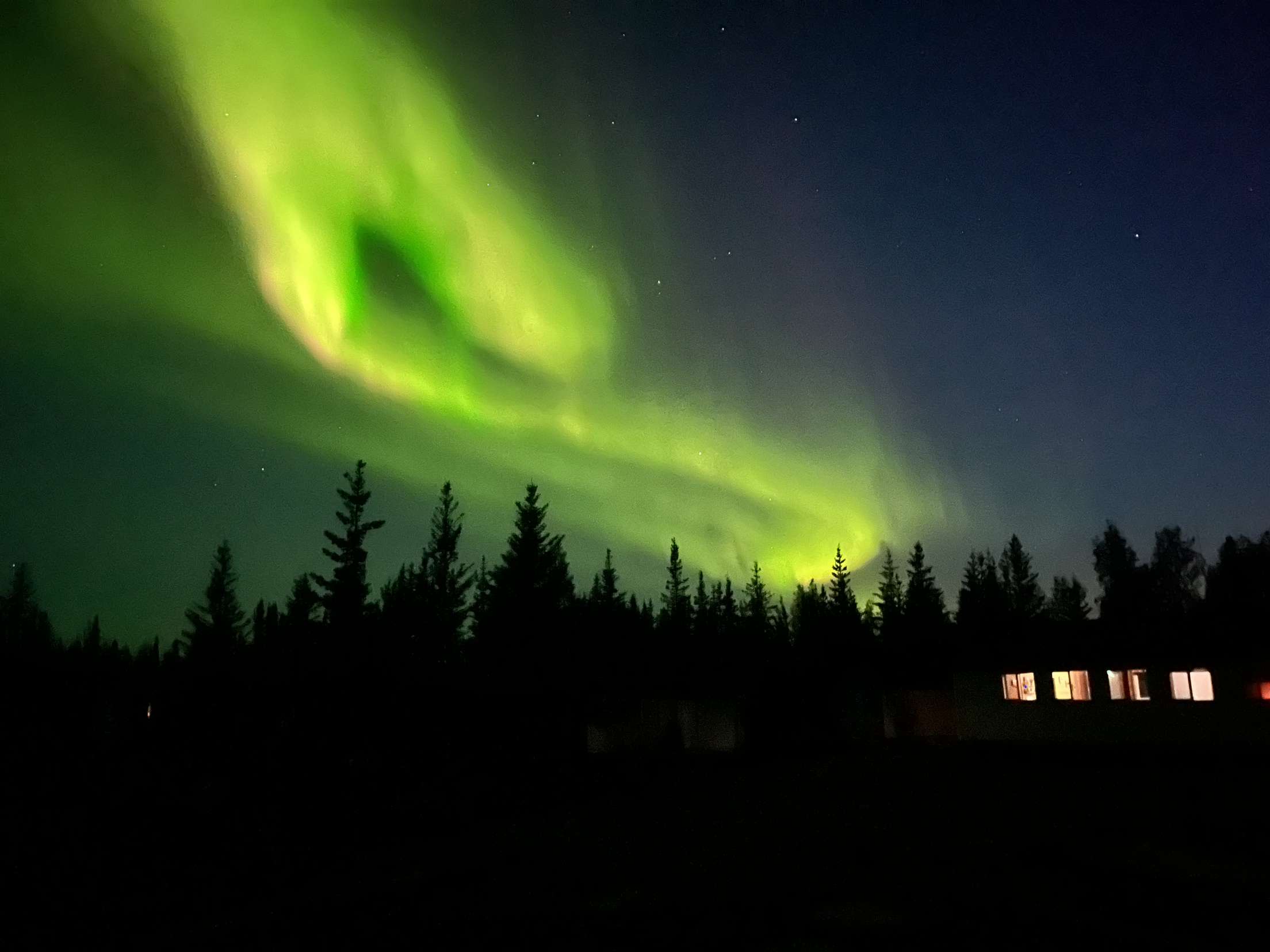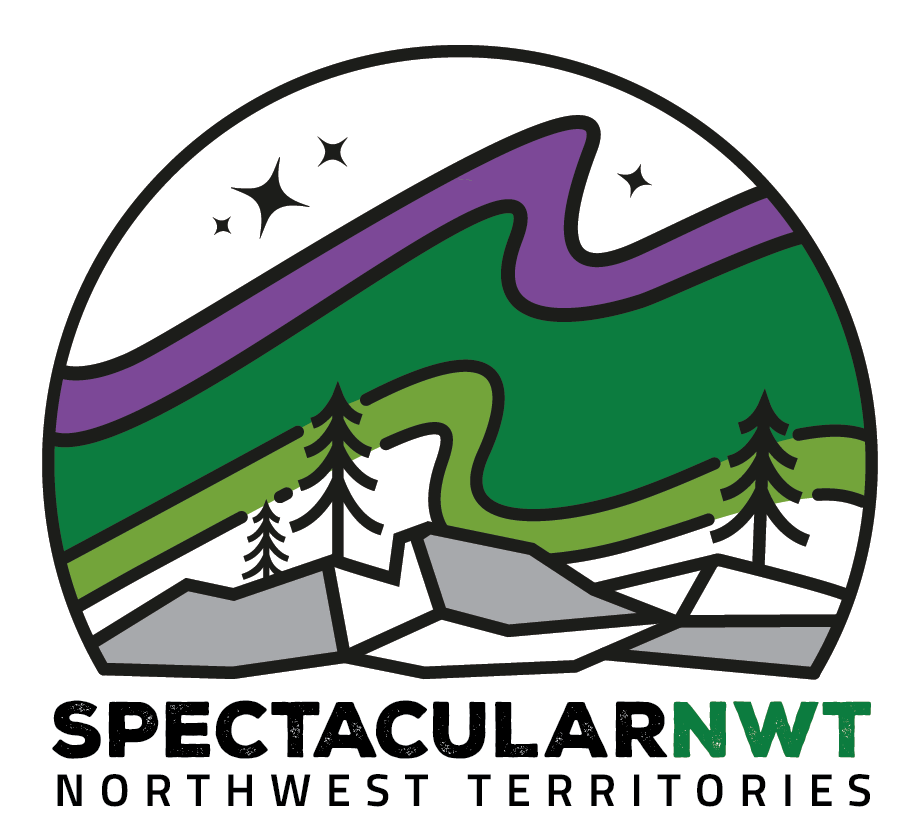Salicaceae: Salix species
Willows are common across the North, appearing as trees, and shrubs in the boreal forest, treeline, tundra, and alpine regions. There are hundreds of species, ranging from the tiny least willow to varieties that can grow up to 9 meters tall. They have been traditionally used as food, medicine, and fuel, as well as to make tools, shelters, fish traps, woven caribou fences, and mats for snow benches in igloos or tent floors.
Bark fibers were crafted into cordage or thread. Willow buds, twigs, and leaves provide food for moose, muskox, caribou, ptarmigan, hares, and other animals that are a common sight in the NWT. In spring, many Indigenous peoples harvested the inner cambium layer (beneath the bark) as food or medicine, either consumed directly or applied as a poultice. Interestingly, willows are high in salicin—a precursor to salicylic acid, the active ingredient in aspirin—likely explaining their traditional use for pain relief.
The wild plants of the Northwest Territories are more than just part of the scenery—they are living links to the past and vital contributors to the Northern ecosystem. As you explore the trails, remember to tread lightly and appreciate these natural treasures, which have sustained life here for generations. Whether you’re photographing a wild rose, savoring a handful of crowberries, or marveling at the delicate form of a mountain aven, nature in the Northwest Territories will truly inspire you.
This guide is for informational purposes only—always verify plants before consumption.
Dreaming of Northern vistas? Explore all the ways to get out and witness the magnificent landscapes and majestic wildlife of the Northwest Territories.










































































































